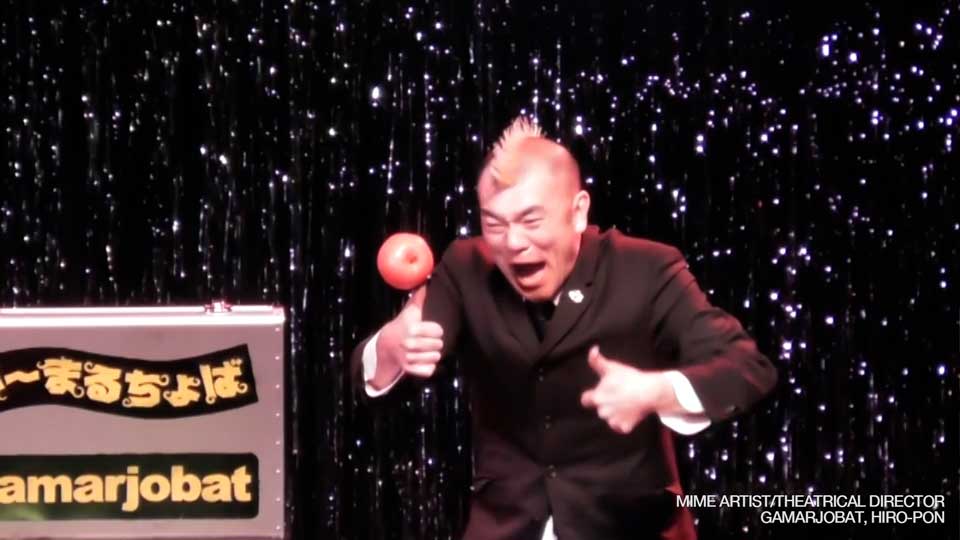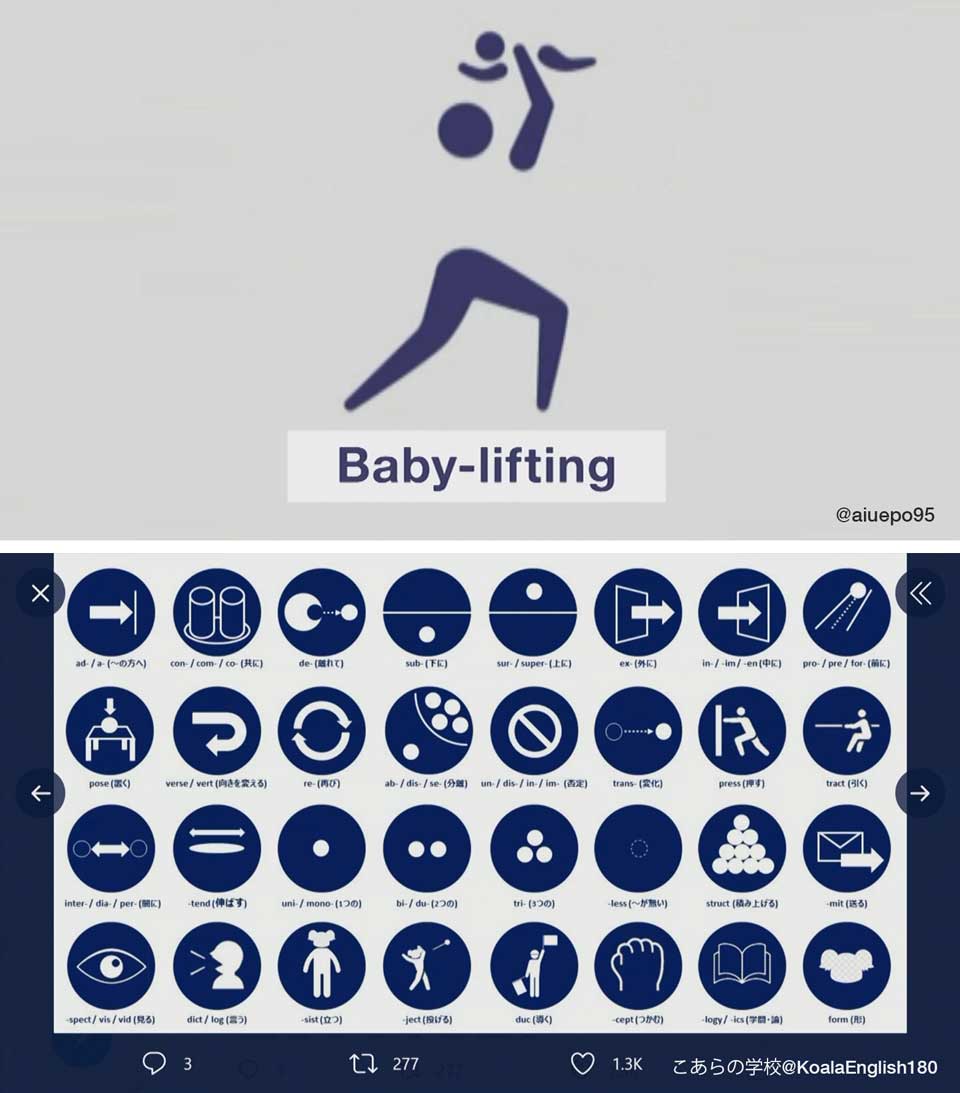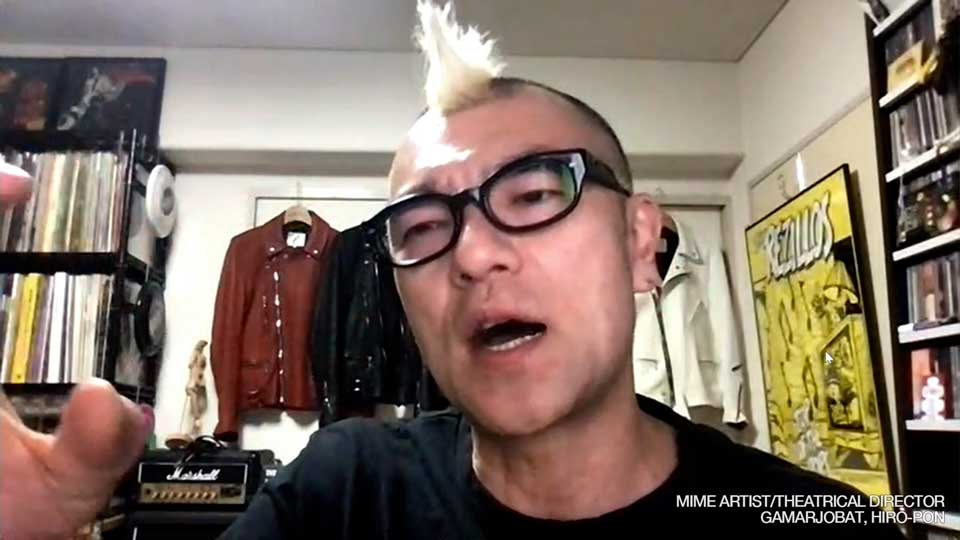Japan has a strong connection to Olympic pictograms: they were first used at the Tokyo Games in 1964 as a language-free way of helping people navigate the events. The idea was so successful that they've appeared at every Olympics since.
They returned to Tokyo in style this summer, thanks to the performance group GAMARJOBAT. Member Hiro-pon says the artists wanted people to empathize with the pictograms, which are typically devoid of any emotion.

Meticulous planning
Hiro-pon's career has spanned more than two decades and taken him to over 35 countries. When he was asked in February to take part in the Opening Ceremony, he and his fellow performers were adamant that they must produce all 50 pictograms – no matter how challenging. They believed that leaving some out could have led some athletes to feel their chosen sport was less valued.
Despite the huge pressure they would be under as the world watched, the trio also insisted on performing live – without cutting any corners. "Pictograms are usually drawn on a white background," says Hiro-pon, "so we initially thought about performing against screens. But that would mean a lot of people would be unable to see us. We really wanted the athletes to be emotionally involved, and finally got permission to perform in the center of the stadium."
Time – or a lack of it – proved to be a real challenge. The trio had just five minutes, which equates to six seconds per pictogram. Hiro-pon says they created several categories, for example those that would require props, like cycling, and those that could be done with just the upper body. They also put a lot of thought into camera angles for the pictograms that seem to defy gravity.
Performance inspires others
The performance created an immediate buzz online. Hiro-pon believes the trio's distinctly low-tech methods held their own in the digital age. "People probably expected to see something super hi-tech from Japan. But the Olympics itself is not about that; it's about things like running or throwing a ball. Athletes do those things and touch people's hearts, and our performance was the same."

Their efforts quickly took on a life of their own when people started making their own pictograms and sharing them online. Standouts include the "Mama-lympics" and "Papa-lympics", and a set of pictograms to help master English grammar.

It's exactly what the trio wanted to convey: how the power of communication can transcend languages and unite people from all walks of life. "It might sound ridiculous, but then again, why not? I wanted to share the idea that we all have something in common. Sometimes, going 'beyond words' makes things easier to grasp. I think the audience understood our message."

